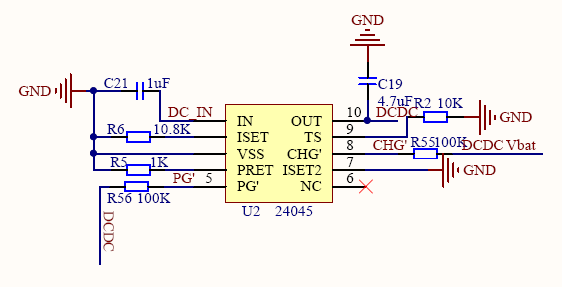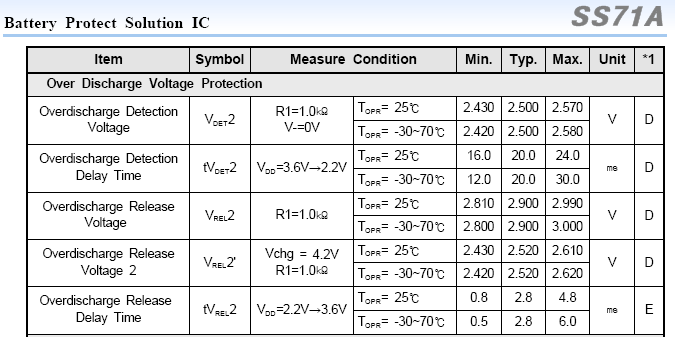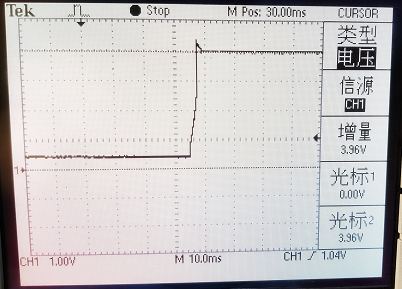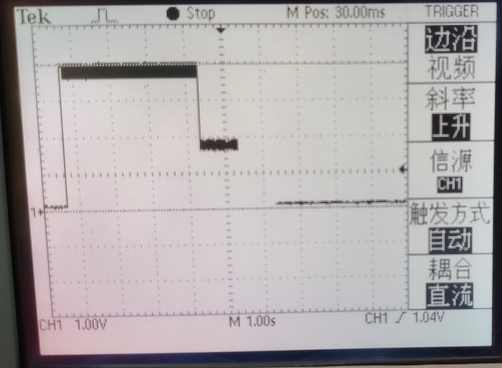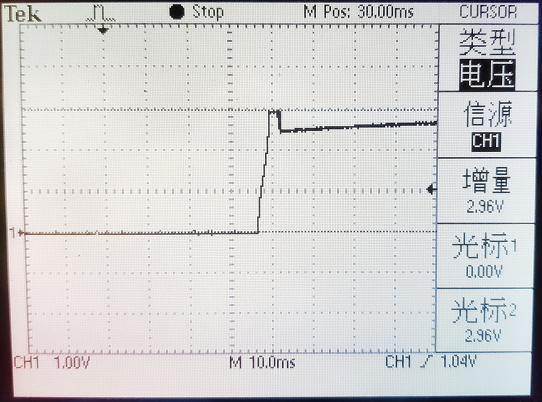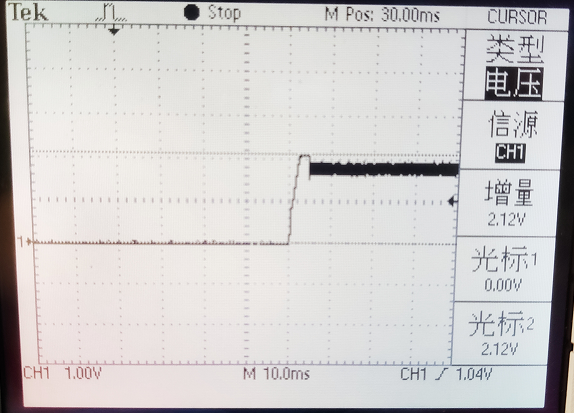Other Parts Discussed in Thread: TPS62742, BQ24230
Dear colleague,
Our customer encounter below issues:
Background:
This is Bluetooth product that uses BQ24045 as a charging IC. and the battery is a 4.35v high-voltage lithium battery with a rated capacity of 57mah. Powered by USB 5V1A, during use, I found that after over-discharge protection of the lithium battery, sometimes the battery can no longer be charged normally with BQ24045.
The main specifications of lithium batteries:
Protection IC: ITM-SS71A, over-discharge protection voltage 2.5V.
The voltage recovered from over-discharge protection is 2.9V.
Test Record:
1. Don't connect battery, after power on, test BQ24045 output:
Left waveform is rising edge in right waveform.
Result: BQ24045 will output a voltage of 3.96V for about 4 seconds
2. Connect 2 different batteries A, B in 2 different test. A and B are in over-discharged protection.
A: It can be charged normally, the waveform of the battery voltage after the system is powered on:
B: It can not be charged normally, the waveform of the battery voltage after the system is powered on:
Question:
1. If the battery is not connected, is the voltage waveform at the BQ24045 output terminal the same as described in the specification?
2. During the battery scanning phase, the specification describes that the scanning current is 125uA. Does this current always exist during the battery scanning process?
3. What are the output voltage and current of BQ24045 in the precharge stage?
4. The specification describes that the threshold for BQ24045 switchings from pre-charge to fast charge is 2.5V. Does it mean that the battery we choose must be able to release protection at this 2.5V voltage?
5. I currently find that some batteries cannot be charged. What is the reason? I personally suspect that the battery is still on over-discharge protection, causing BQ24045 to fail to enter the fast charge mode.
6. Do we have a device that its precharge to fast charge threshold is above 3V and P2P with BQ24045?
Best Regards,
Rock Su


